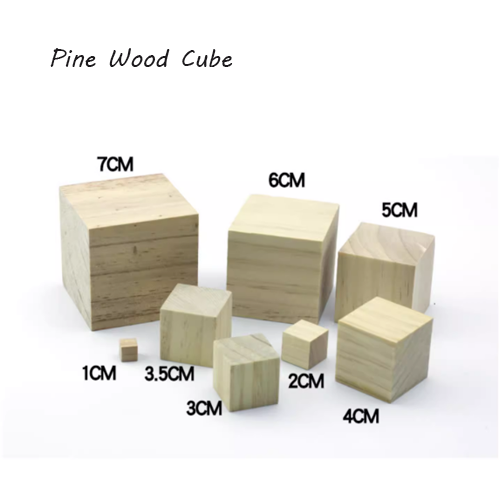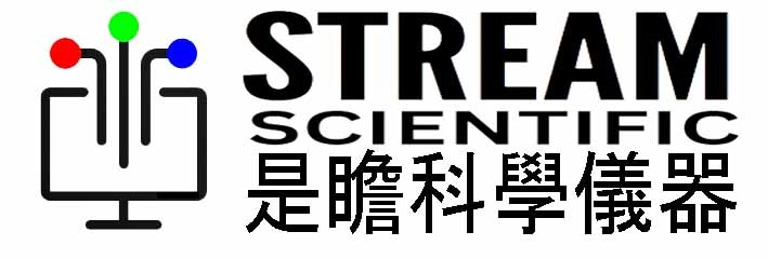
Pack of 10pcs Pine Wood Cube
10件裝松木方塊
HK$16.00
A cube object is an excellent tool for teaching the concept of volume in mathematics. Here's how it can be used:
Visual Representation: A cube provides a clear and tangible visual representation of a three-dimensional object with equal sides. Students can physically observe and handle the cube, helping them understand the concept of a solid shape.
Identifying Dimensions: A cube has three equal dimensions: length, width, and height. Students can measure these sides to understand how they contribute to the volume of the cube.
Volume Formula: The volume of a cube is calculated by multiplying the length, width, and height together. By measuring the sides of the cube and applying the volume formula (V = side length × side length × side length), students can calculate the volume of the cube.
Comparing Volumes: Using multiple cubes of different sizes, students can compare the volumes and observe how changing the side length affects the overall volume. This hands-on experience helps them understand the relationship between the dimensions and the resulting volume.
Real-World Applications: Discuss practical examples where cubes or cube-shaped objects are encountered in daily life. For instance, packaging boxes, dice, or building blocks. This helps students connect the concept of volume to real-world scenarios.
Problem Solving: Present students with word problems or scenarios involving cubes, such as calculating the volume of a storage container or determining the amount of material needed to build a cube-shaped box. This encourages critical thinking and the application of volume concepts in practical situations.
By using cubes as a visual and interactive tool, students can gain a deeper understanding of volume and its application in mathematics and the real world.
立方體物件是教授數學體積概念的絕佳工具。 它的使用方法如下:
視覺表示:立方體提供了具有相等邊的三維物體的清晰且有形的視覺表示。 學生可以實際觀察和操作立方體,幫助他們理解立體形狀的概念。
識別尺寸:立方體有三個相等的尺寸:長、寬、高。 學生可以測量這些邊,以了解它們對立方體體積的貢獻。
體積公式:立方體的體積是透過長、寬、高相乘來計算的。 透過測量立方體的邊長並應用體積公式(V=邊長×邊長×邊長),學生可以計算出立方體的體積。
比較體積:使用多個不同大小的立方體,學生可以比較體積並觀察改變邊長如何影響總體積。 這種實踐經驗可以幫助他們理解尺寸和最終體積之間的關係。
現實世界的應用:討論日常生活中遇到的立方體或立方體形狀的物體的實際例子。 例如,包裝盒、骰子或積木。 這有助於學生將體積的概念與現實場景聯繫起來。
解決問題:向學生展示涉及立方體的文字問題或場景,例如計算儲存容器的體積或確定建造立方體形狀的盒子所需的材料量。 這鼓勵批判性思考以及體積概念在實際情況中的應用。
透過使用立方體作為視覺和互動工具,學生可以更深入地了解體積及其在數學和現實世界中的應用。

